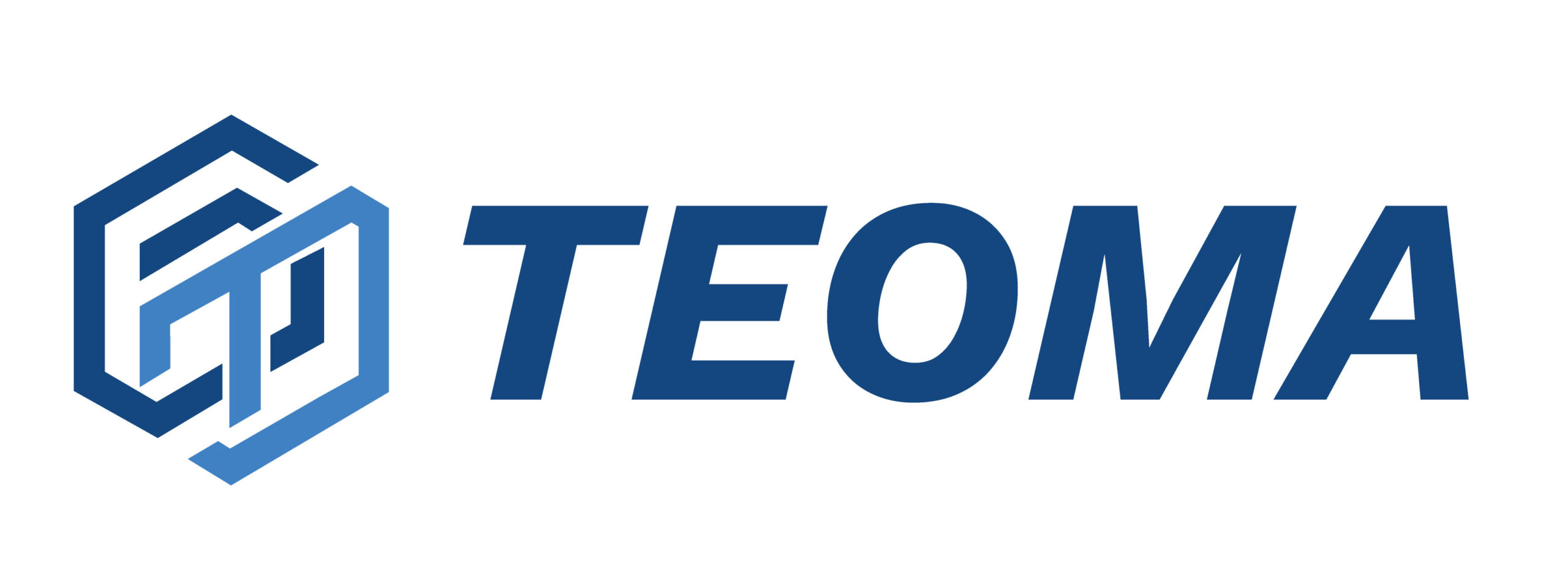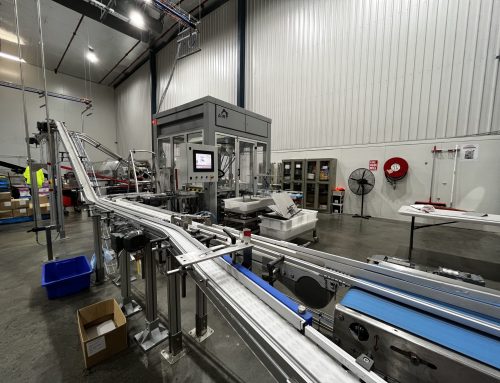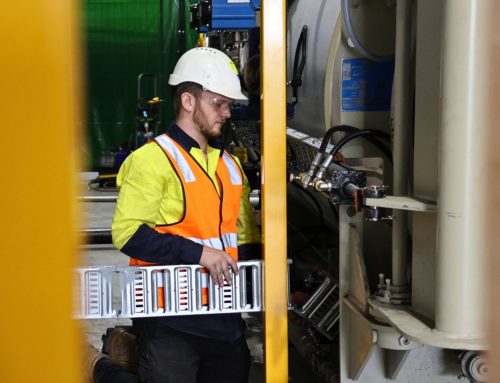Your most important investment in 2022.
Lighting is an integral part of any commercial property’s design. Just like the layout of an office or a factory can have a substantial impact on efficiency, lighting can also have an enormous impact on both the people who use the space and the cost of powering the space.
There has been an upwards trend since the mid-2000s which opts for a durable and energy-efficient alternative to traditional lighting. Many business owners are now choosing to forgo incandescent and fluorescent lights, with LED lighting establishing itself as a superior option for illuminating commercial spaces.
Why, you ask? Transferring an entire warehouse or office space from traditional lighting might seem like a daunting and expensive task, but many business owners have seen the light. We’re here to break down all of the benefits that transferring to LED’s has to offer for your commercial property.
The importance of good lighting
Safeguarding workers health
Employee’s health is always a top priority. Safeguarding staff’s wellbeing can only be achieved by ensuring that all facilities are up to par. Headaches, impaired vision and dizziness are just some of the effects of poor lighting. Recent studies show that insufficient indoor lighting can likewise affect the mood and alertness of the people working, with a particular focus on those working overnight.
Reduces work errors
Quality lighting doesn’t just reduce accidents – it also reduces the likelihood of mistakes occurring. For work that requires a high degree of finesse, sub-par lighting can mean mistakes and errors. Incorrect task lighting affects employees’ ability to see what they’re doing and therefore increases the chance of problems or faults occurring.
A safer workplace
Overhead and task lights aren’t the only lights you need to worry about in commercial properties; arguably the most important type of lighting in any space is emergency lighting. A superior lighting solution for all commercial properties includes ample lighting for corridors and emergency exit lighting. Facilitating a safe and clear passage for all your employees in case of an emergency is a non-negotiable for any workplace.
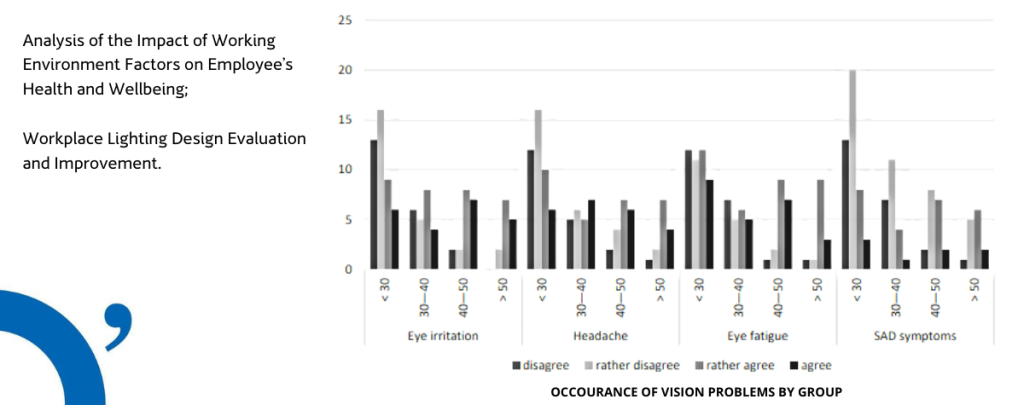
What is an LED?
Safeguarding workers health
An LED, or a light-emitting diode, is a semiconductor device that emits light when an electrical current is passed through it. Light is produced when the particles known as electrons and holes that carry the current combine together within the semiconductor material.
“LEDs emit 50% less CO2 than compact fluorescent lights (CFLs) and, unlike CFLs, don’t contain toxic mercury.” – Energy.Gov
Why energy efficiency is the best overall solution.
Safeguarding workers health
With certain facilities running 24/7 operations and long work shifts, warehouses, hospitals and many offices are using their lights for substantial periods of time. Running traditional lighting can cause energy bills to skyrocket from poor solutions alone. LEDs produce a higher lighting output that is far greater for lower power levels.
With little to no warm-up time needed, these lights have the power to make a space brighter and more comfortable at a fraction of the time and energy needed for traditional systems. LED lights “use up to 75% less energy and emit 90% less CO2 than the old halogens. They also last up to 25 times as long, which greatly reduces the need for changing or maintenance.”
With old-style incandescent and halogen bulbs being highly inefficient, where most of the energy burnt is as wasted heat, they are an unnecessary fire risk that many businesses can easily avoid. LEDs generate far less heat than old lighting systems, so in addition to being the energy-efficient option, the impact on HVAC systems is reduced, as there’s far less heat to combat.
Using LED adds an extra advantage of lowering energy usage while saving money on cooling by decreasing the energy consumption in commercial properties. As HVAC systems are the largest contributor to energy bills, dominating over 40% of these properties usage, switching to LED’s is an easy way to help lessen the burden.
The rise in popularity of this particular lighting solution does not only come from the economic advantages mentioned above. LEDs in addition to all of their other benefits reduce lethal mercury produced by other low-quality light bulbs, which are harmful to the environment. LEDs are health risk-free, cost-effective and environmentally friendly, making them the standout choice.
Our top 3 lighting considerations for your space.
1. Consider lighting control options
The type of bulb isn’t the only way you can bring down your electricity usage. Another way is to incorporate lighting control. For most commercial properties, lighting control is usually as basic as an ‘On/Off switch. Commercial electricians, like the team at Teoma, can install a range of power-saving control options.
These can include motion sensors that only activate your lights when you need them and brightness controls that let you tailor how bright your lights are. Fitting the space with motion sensors provides a money-saving advantage on electricity bills, as these sensors will completely turn off lighting in areas that are not used.
2. Choose the right colour temperature
As mentioned above, poor lighting can affect the visibility, mood, concentration and productivity of your staff. Part of that is due to how strong your lighting is, and part is due to the colour temperature of your lights. Colour temperature isn’t purely aesthetics! When considering task lighting, keep the Colour Rendering Index (CRI) in mind to help select the appropriate lighting for your space.
For example, a temperature between 4000k and 5000k is a great choice for warehouses. This range emits a white colour which is a good option for the spaces where employees work for longer hours under artificial light.
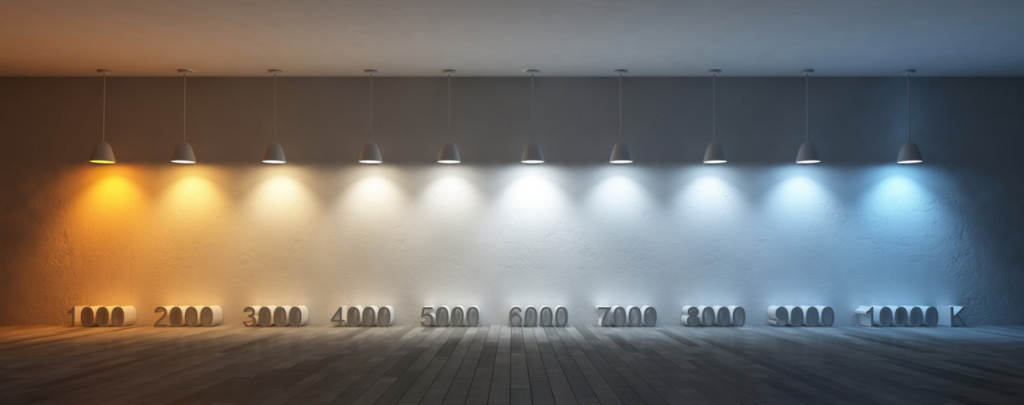
3. Consider your floorplan
Lighting systems should be designed to ensure sustainability, operability and efficiency while guaranteeing safe and comfortable working conditions. When planning and installing lighting in the property, always keep in mind the layout of the space. Not only does this determine the placement of the lighting, but it also determines the places where they would be ineffective.
For example, with warehouses, installing lights directly above shelving and racks can create strong shadows that actually hurt visibility. In offices, lack of lighting in storage spaces and at desks can hinder staff, causing tasks to take longer to complete. Consideration for your lighting fixtures is an effective investment into the entire functionality of your business.
Why an investment in LEDs is an investment into your businesses future.
1. Consider lighting control options
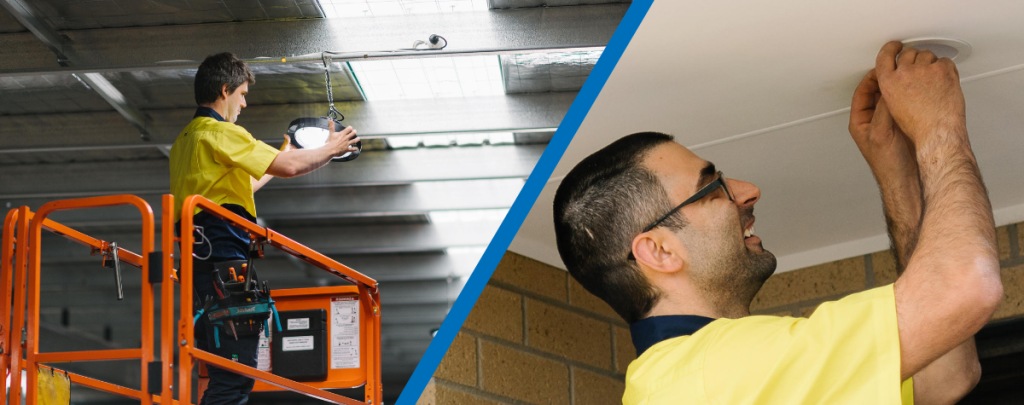
Most importantly, why chose the team at Teoma?
Implementing LED lighting technologies can be beneficial for commercial usage in more ways than one. From high energy savings, to numerous environmental and employee health benefits, it’s not surprising that the commercial application of LED lighting has become such a major trend in modern-day facilities.
Whether a commercial premises is large or small, they all have their unique requirements for upgrading and installing their optimal lighting solutions. This is why we always recommend only working with a licenced A-grade electrician, with a reactive and experienced skillset to carry these installations and services for you.
Our experts at Teoma are highly qualified to have over 30 years of experience servicing Melbourne and the surrounding areas. Each team member has both a Police background and Working with Children Checks.
As the preferred supplier for clients such as City of Melbourne, City of Stonnington, and Cardinia Shire, we will ensure your businesses ideal lighting solutions are installed correctly, and are perfectly fitted to your building, preventing both power wastage and lack of effectiveness. With fully stocked vans ready, we don’t take risks. Let us look after all your electrical needs.
